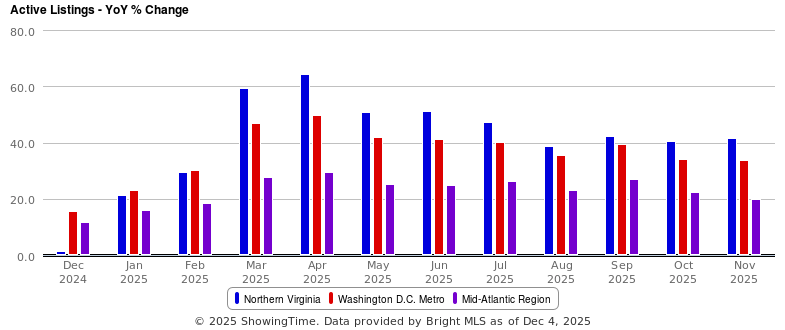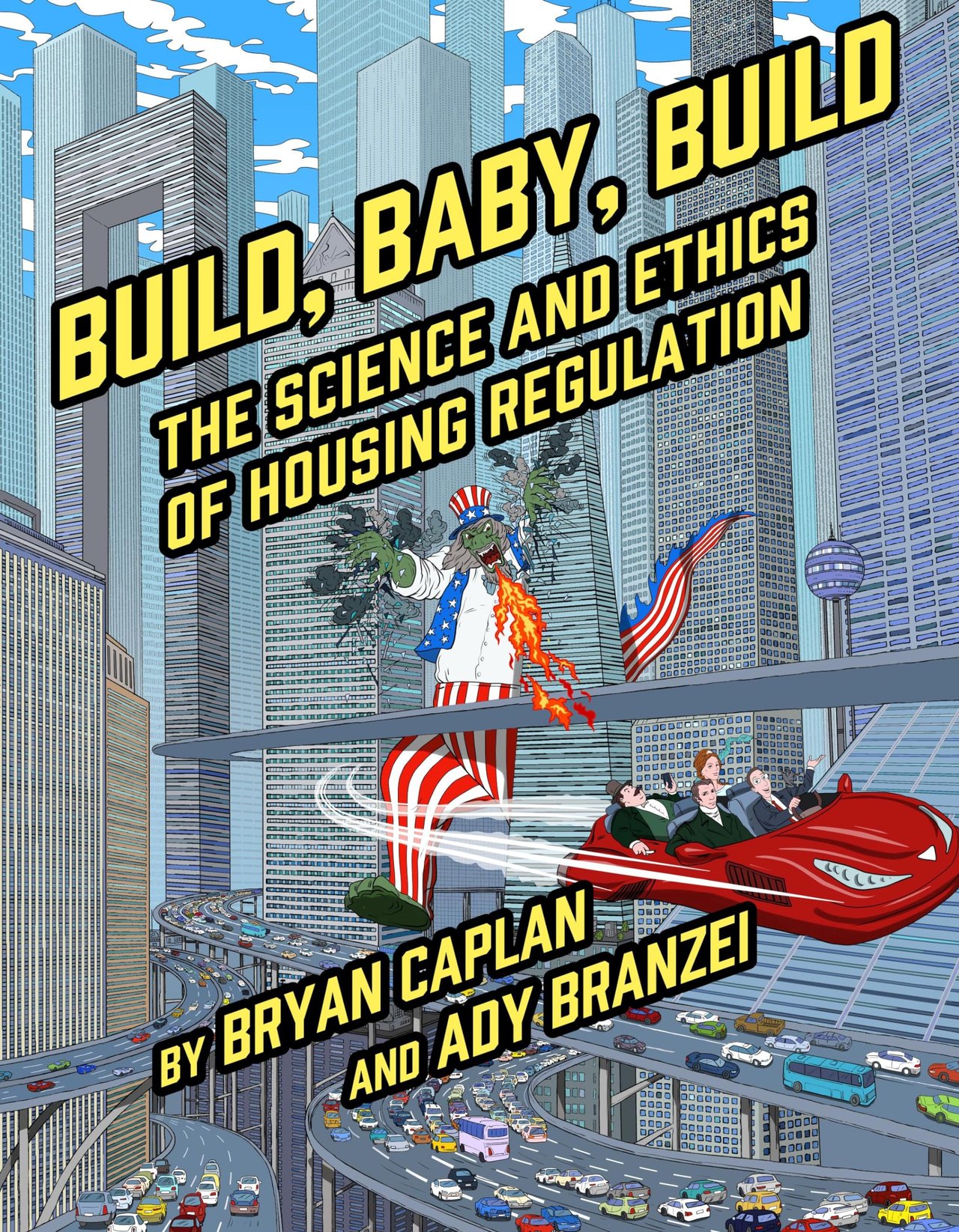Question: What effect do you think Missing Middle will have on the Arlington housing market and community?
Answer: As expected, Missing Middle (MM) aka Expanded Housing Options (EHO) passed unanimously on Wednesday, March 22. In short, the new zoning laws will allow the development of 2-6 units on any lots previously designated exclusively for one (single-family detached) unit, affecting a majority of Arlington, if certain minimum lot sizes/requirements are met. Here’s a link to Arlington’s press release with details.
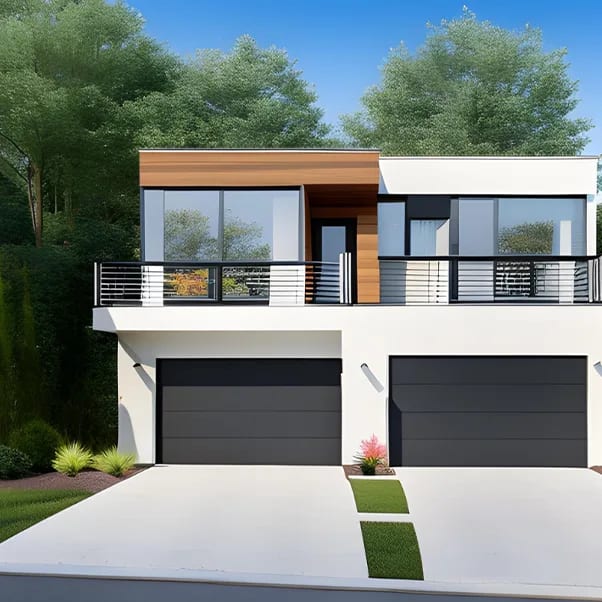
There is so much to digest, investigate, and learn about what MM means for the Arlington community and housing market that will come together in the coming weeks, months, and years as we determine the best implementation of the new zoning code, learn more about how the County will permit MM housing, and most importantly, analyze how the market will respond to different MM products in different parts of the County.
Results will be positive for some, and maddening for others. Some results will be expected and others a complete surprise. Over time, slowly, Missing Middle will change our community…but that’s the point.
I will dedicate many posts here to Missing Middle in the coming weeks, months, and years and would love to hear from you (homeowners, renters, investors, architects, community activists, and on) about what you’re seeing and learning as we go.
To kick things off, I’ll share some initial thoughts on the zoning details and answer some questions I’ve received.
What are the highlights?
The code requirements I find most relevant to how MM will be implemented are:
-
MM is allowed in all residential single-family zoning districts (R-5, R-6, R-8, R-10, R-20) on conforming lots, meaning the lot meets the minimum size (total sqft and average width), with the exception that R-5 lots must be at least 6,000 sqft instead of 5,000
-
The same set-backs and coverage requirements apply as previous/existing requirements for single-family development so the maximum building envelops will be similar to what you see now for most new single-family construction
-
Gross Floor Area (GFA), is the total floor area (measured from exterior walls) less any garage space, maximums are determined by project density (number of units) and type (e.g. townhouse vs multi-plex) and will limit how big a project can be, even if the lot coverage and set-backs would allow for larger development (this effectively caps enormous development on large lots).
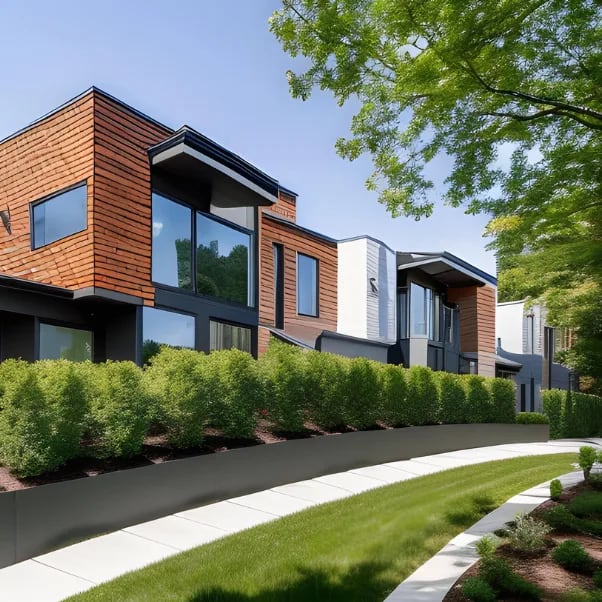
Where will MM be built?
Much of Arlington’s single-family housing was built before the 1960s and has been the target of builders and homeowners to tear down and build new homes for years. Missing Middle housing will follow a similar pattern of replacing existing older homes with new developments.
We will likely see a concentration of MM development along transit corridors like Rosslyn-Ballston, Columbia Pike, Washington and Langston Blvd, and National Landing (Crystal/Pentagon City area) where multi-plexes (3-6 unit buildings) can sell for a premium, but MM development will also happen in neighborhoods outside of transit corridors, likely in the form of 2-3 unit offerings.
What will be built?
This is the million (billion?) dollar question: what will be built and where? The reality is that this will come down to what maximizes returns/profit for builders and investors.
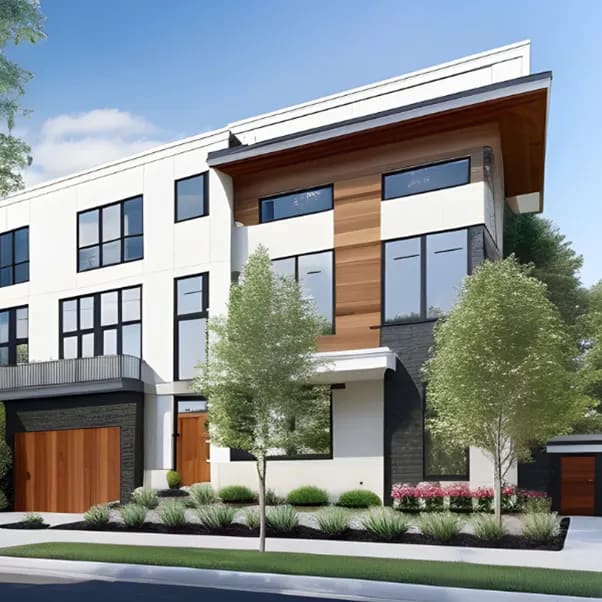
The code allows for duplexes (one unit stacked on the other), semi-detached/townhouses (direct-entry homes sharing one or two vertical walls), and multi-plexes (mini condo/apartment buildings).
The Gross Floor Area maximums and standard set-back/lot coverage requirements significantly limit the size of the units that can be built, likely resulting in most MM units being ~1,000-2,400 finished sqft. If that’s the case, I think the code falls short of how the consumer would define “middle” housing and if there’s a disconnect between demand and what the code allows, developers may not like the returns enough for MM development to take off.
The GFA maximums (e.g. 7,500 sqft for three townhouses and 8,000 sqft for 5-6 unit multiplexes) have a limiting effect on larger lots that otherwise support a bigger structure based on set-back and coverage requirements and the set-back/lot coverage requirements likely prevent builders from reaching the GFA limits on smaller lots (e.g. you won’t get anywhere close to 8,000 sqft GFA on a small 6,000 sqft lot).
Minimum off-street parking requirements of .5 or 1 off-street space per unit, depending on proximity to transit, have been established but I think developers will ultimately build to demand rather than code minimums and demand will likely be for 1+ off-street parking in all locations and two off-street spaces in locations away from transit corridors.
Who will be building?
Projects will cost millions when factoring in acquisition, construction, and selling costs which is too expensive and complex for most one-off “hobbyist” developers/flippers. I think that’s a good thing for the community because it means a more professional, thoughtful approach from developers who intend to do business many times over in the community and it means fewer chances for mistakes – building the wrong product in the wrong location.
The other concern is that we’ll be overrun by deep-pocketed investors/private equity funds who will load up our neighborhoods with cheap 6-unit rentals. I don’t see this being the case. There are much easier ways to put $100M+ to use than buying 100 Arlington lots, each with different zoning requirements and market factors, spending 12-18+ months permitting and building, only to manage 100 separate locations for modest ROI (Arlington has very low rental ROI compared to other markets because property values are so high). We’ve seen very little national-level real estate activity here while it’s become popular in many other parts of the Country over the last few years, and I expect it to remain that way.
I think that, for the most part, MM will be built by local and small regional developers like we currently see in the single-family market.
Will rentals take over my neighborhood?
I’ve heard a lot of concerns about 4-6 unit rental buildings popping up all over neighborhoods, but my initial assessment suggests the returns in non-transit oriented locations will be far too small to justify the amount of capital needed to build dedicated rentals and this is likely also true for many transit-oriented locations/lots.
There are bound to be some outliers where a rental makes sense or a mistake is made that lands a rental multi-plex in the wrong location producing poor returns and devaluing surrounding homes (this is part of Missing Middle I hate most), but I don’t see MM leading to widespread development of dedicated rental properties, the land and construction costs are simply too expensive and unit sizes in multi-plexes too similar to what’s already widely available for rent in apartment/condo buildings.
How will lots be valued?
Lots being acquired for single-family development have mostly traded at 35-45% of the resale value of the house that replaces it. Local builders and agents have a good idea of what their costs and resale value will be so the valuation of lots has been straightforward. The cost of building MM housing won’t be too difficult to calculate, but projecting resale value/demand will be much more difficult for a while to come, and other risks, such as unknowns working with the County on something so new, also must be priced in.
Understanding the most efficient, and sometimes creative, way to construct MM to deliver the right product to the market based on location and assumed consumer demand will play a huge role in determining lot values. Some developers will be ultra-conservative and prefer to stick with the tried-and-true approach of single-family development and others who have more experience in MM products (e.g. DC-based developers) may be more aggressive in their projections and valuations.
Many homeowners in older homes have just seen their property (land) values jump overnight, possibly by 10-20%, but there will also be plenty of homeowners whose lot and location don’t support MM as it’s currently defined and will see no change in land value.
When will they be built?
We’re probably 16-18+ months away from seeing the first MM properties delivered to market. The County won’t start taking permit applications until July 1 and I’m certain that the permit process for MM will take longer than the already cumbersome, months-long permit process for single-family development, then add 8-10+ months for construction.
If you’re interested in how your lot fits into Missing Middle or have a project you’re working on that you’d like to discuss, you can reach me at [email protected].
You can read the full details of the code changes in the County’s press release and reference a library of information on Missing Middle here.
If you’d like to discuss buying, selling, investing, or renting, don’t hesitate to reach out to me at [email protected].
If you’d like a question answered in my weekly column or to discuss buying, selling, renting, or investing, please send an email to [email protected]. To read any of my older posts, visit the blog section of my website at EliResidential.com. Call me directly at (703) 539-2529.
Video summaries of some articles can be found on YouTube on the Ask Eli, Live With Jean playlist.
Eli Tucker is a licensed Realtor in Virginia, Washington DC, and Maryland with RLAH Real Estate, 4040 N Fairfax Dr #10C Arlington VA 22203. (703) 390-9460.


